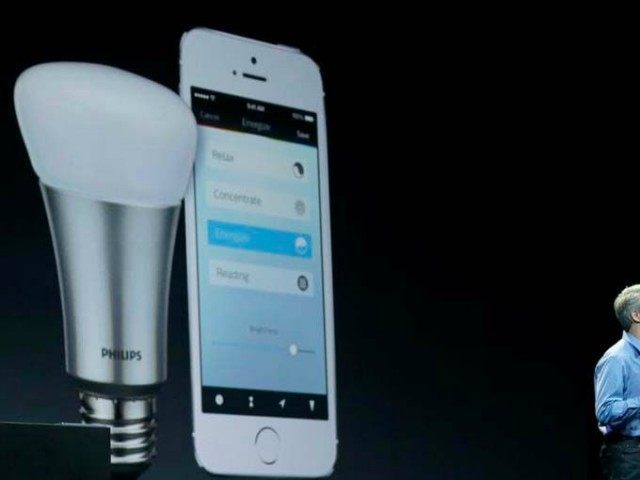Now in the final countdown to the Wednesday, September 16 release of Apple’s mobile iOS 9 and September 30th release of desktop OS X El Capitan, content providers are freaking out revenue loss because the update will feature a “native” built-in ad-blocking extension.
Most Internet content providers’ generate revenue by selling adverts that display when users take advantage of “free” access to their publications. Although installing extensions, like Adblock Plus, on desktop computers to stop adverts from reaching users is now common. Currently it is estimated by Adobe, which makes ad blocking software, that there are 198 million people worldwide that currently are active users of ad blockers. Google is already losing 10 percent of annual revenue due to adblockers, according to PageFair analysts.
But Breitbart News and other popular content providers have been guaranteed a captive market for their adverts reach users on mobile smartphones and tablets devices.
The iOS 9 software update for iPhones and iPads offer a new collection of features that Apple says are geared to speed up iPhones’ operating systems and extend battery life. But the supposed key to gaining all of this improved performance requires users to install Apple’s new native ‘content blocker’ extension to their browser.
With Apple’s Safari holding a 25 percent share of all mobile Web browsing, web publishers and the “adtech” companies that finance them fear Apple’s native ad blocker could potentially drive many out of business.
“So far little detail is known about content blocking extensions, available in Safari 9 and iOS 9,” said Adblock Plus head of operations Ben Williams. He added, “We look nervously at how powerful their block lists will be.”
Although Adblock Plus claims that their extension is offered for “free”, the business is really built on blocking other content providers’ ads. The company actually generates revenue by selling the privilege to some advertisers to be on a “whitelist” that allows their ads to pass their content blocker and reach users.
Apple has not said whether the content blocker system will be allowed to work to prevent Apple’s own revenue producing in-house adverts from running on iPhones and iPads called iAds within applications that run on iPhones and iPads and is unlikely to adopt a system that could damage its own revenue stream.
Apple has extended what is being called an “olive branch” in the form of an app within the upcoming operating system called News, which will allow publishers to bypass blockers to serve their own ads or let Apple sell ads and share the revenue. But this means that content providers will now be under the thumb of Apple, rather than independent.
The iOS 9 release will be compatible for installation on modern Apple mobile devices going back to iPhone 4S, 5th generation iPod touch, iPad 2, and the iPad mini.

COMMENTS
Please let us know if you're having issues with commenting.